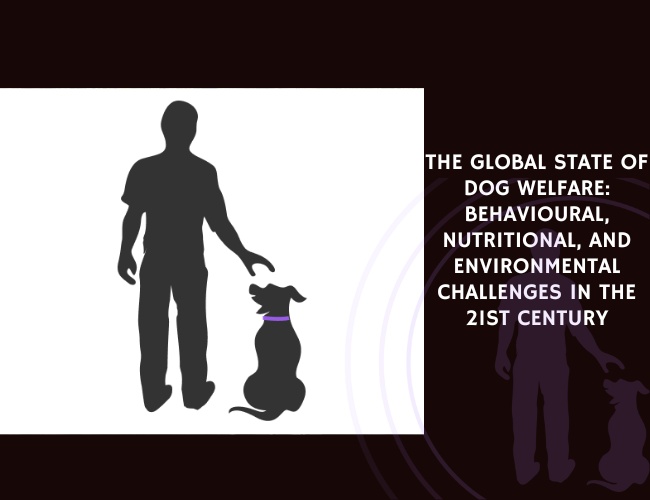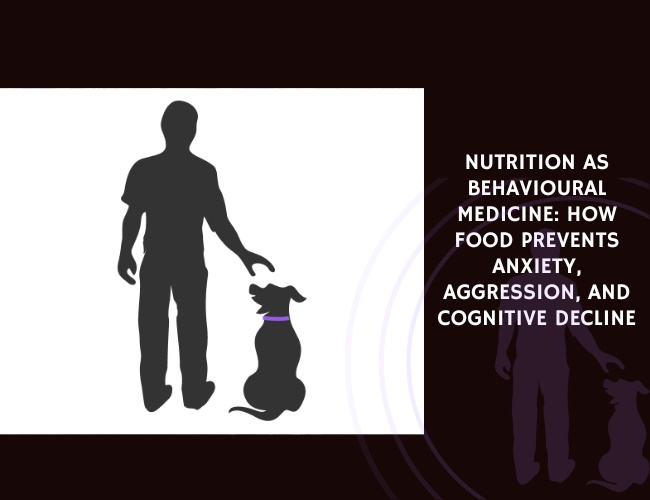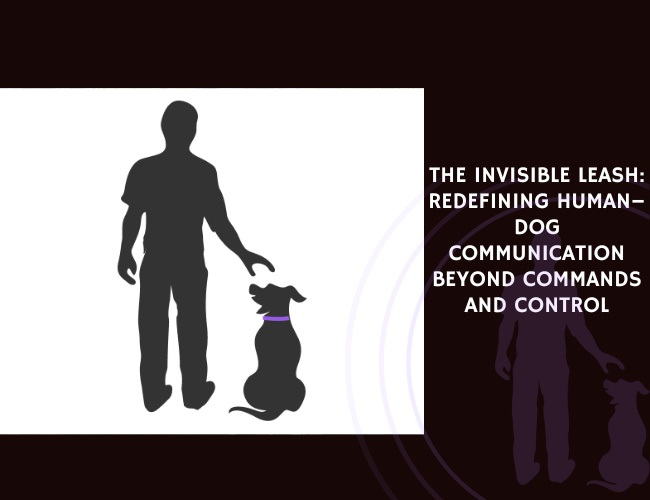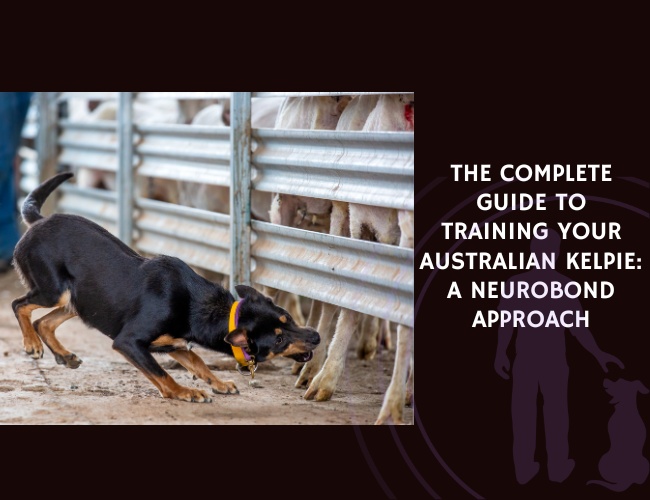Long-term kennel housing can create suboptimal welfare conditions for domestic dogs, often leading to elevated stress. Social housing—placing dogs with compatible companions—has been recommended as one way to improve well-being. This study evaluated the impact of switching dogs from solitary to pair housing using both behavioral observations and hair cortisol analysis.
Eight dogs in a long-term kennel facility were moved from solitary housing to pair housing. Behaviors such as active vigilance and repetitive movements (including jumping and pacing) were recorded, alongside barking frequency. Hair cortisol samples, reflecting long-term stress hormone levels, were collected before and after the housing change.
Although individual responses varied, two dogs showed significant declines in multiple stress-related behaviors. Facility-wide barking decreased after the change, even among dogs that remained solitary. Hair cortisol levels significantly dropped from pre- to post-intervention, suggesting reduced chronic stress in paired dogs.
The results indicate that pair housing can benefit kennel-housed dogs without apparent negative effects. The authors recommend pair or group housing of compatible dogs as part of a broader strategy to improve kennel welfare, with future research needed to confirm effects across larger populations.
Source: Grigg, E., Nibblett, B., Robinson, J. Q., & Smits, J., Veterinary Record Open, June 1, 2017.










